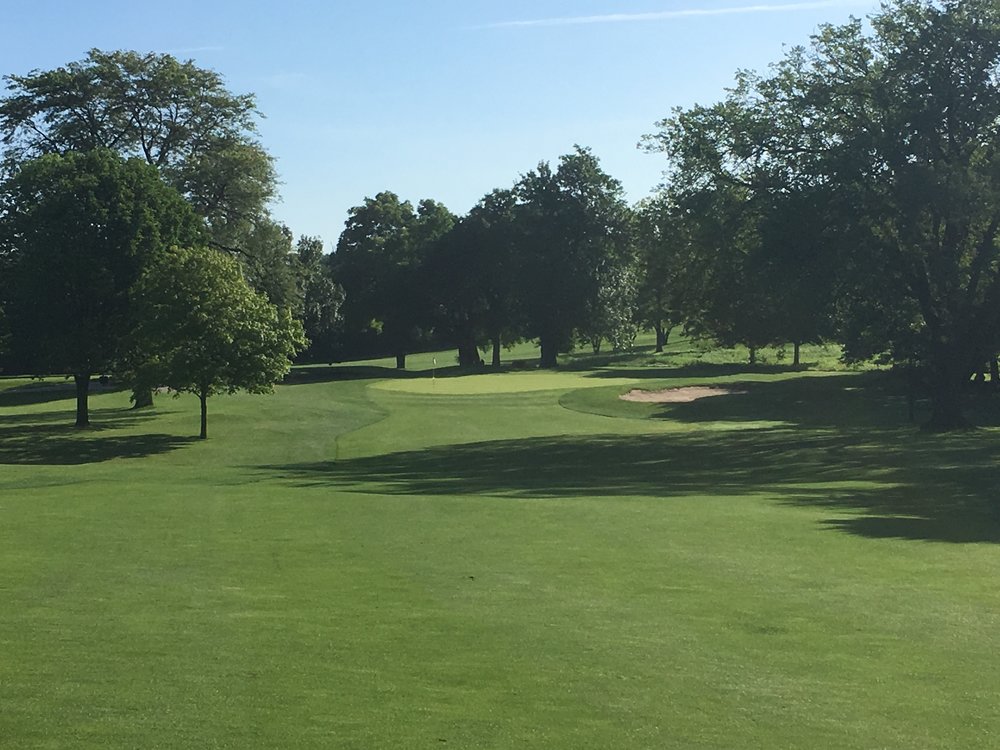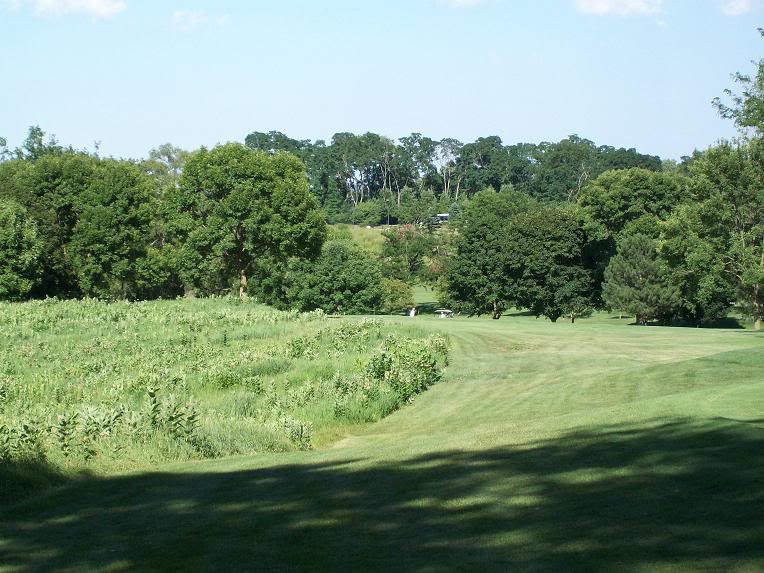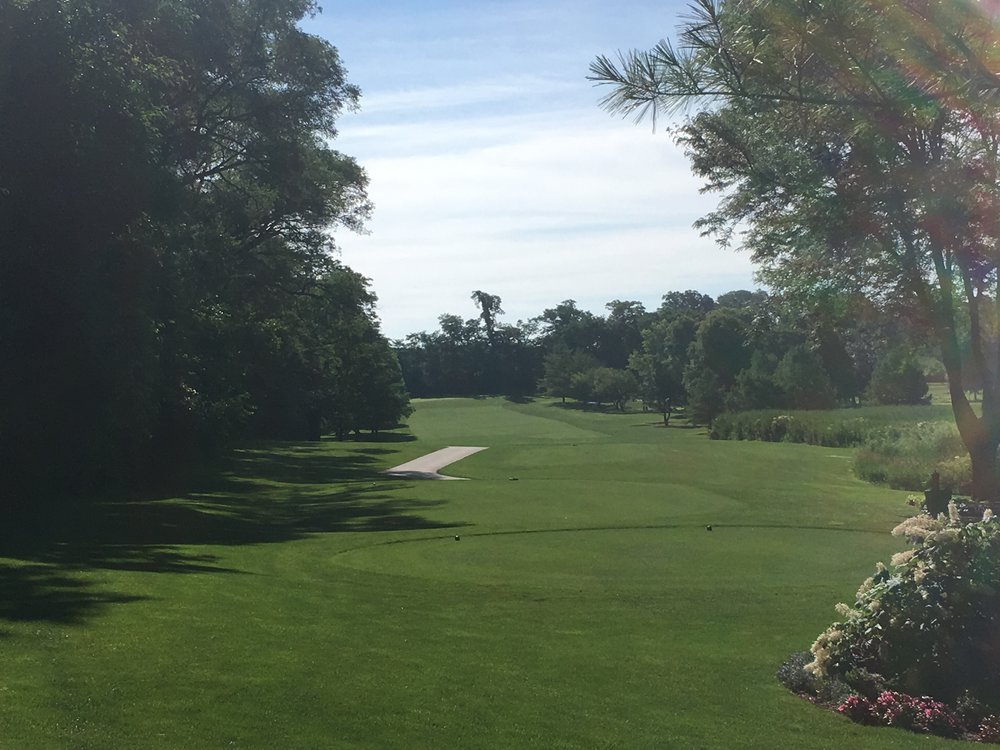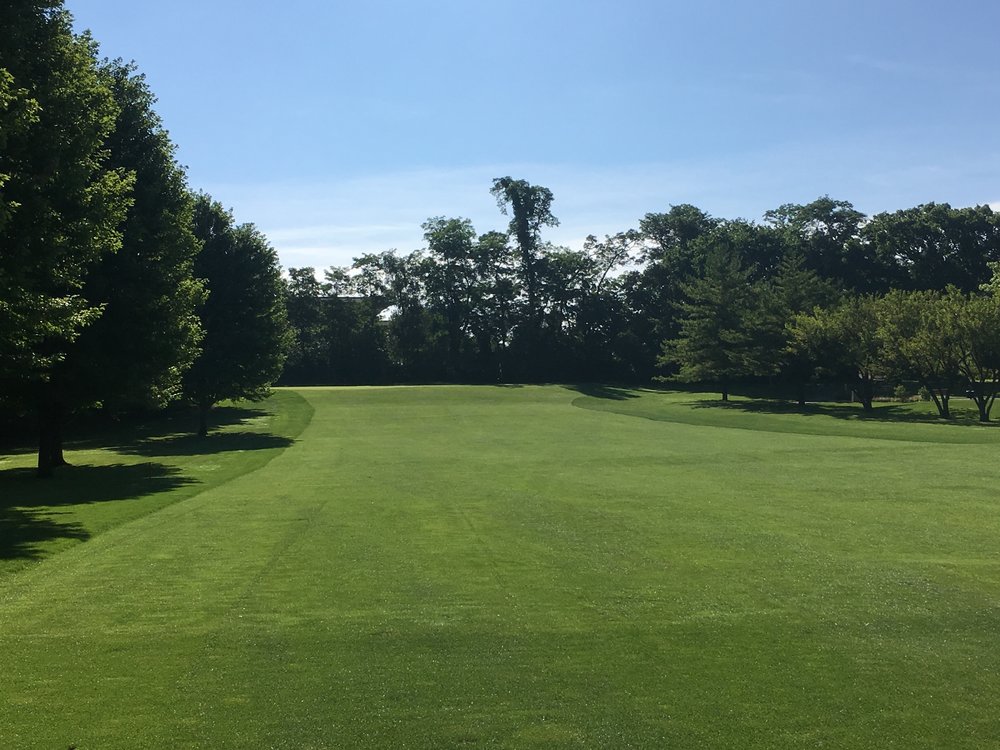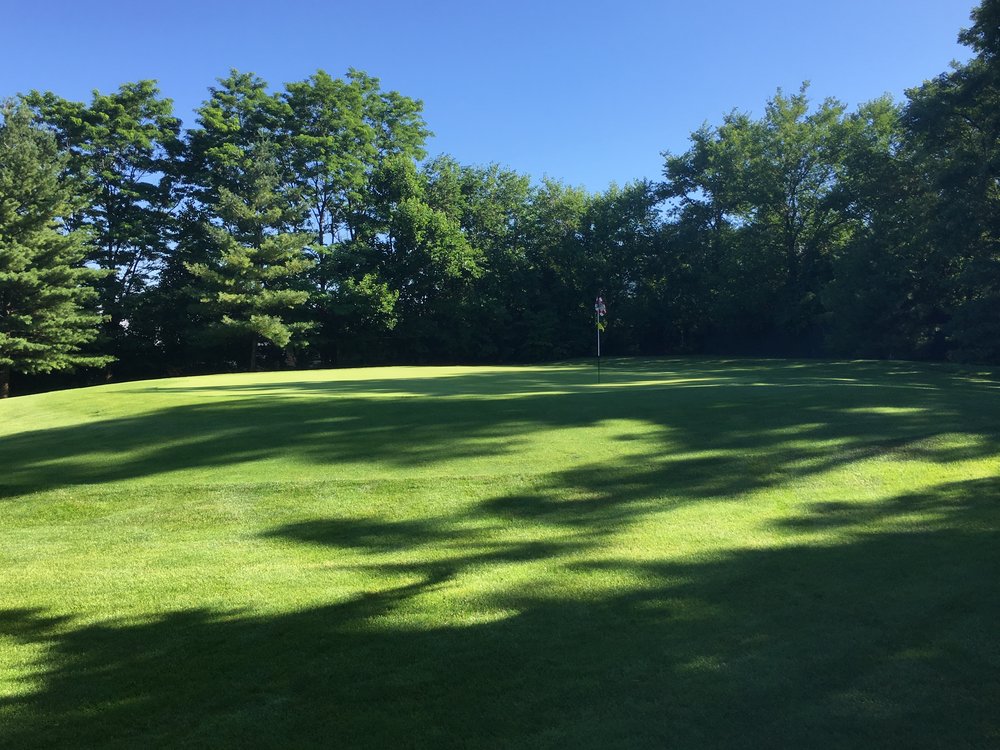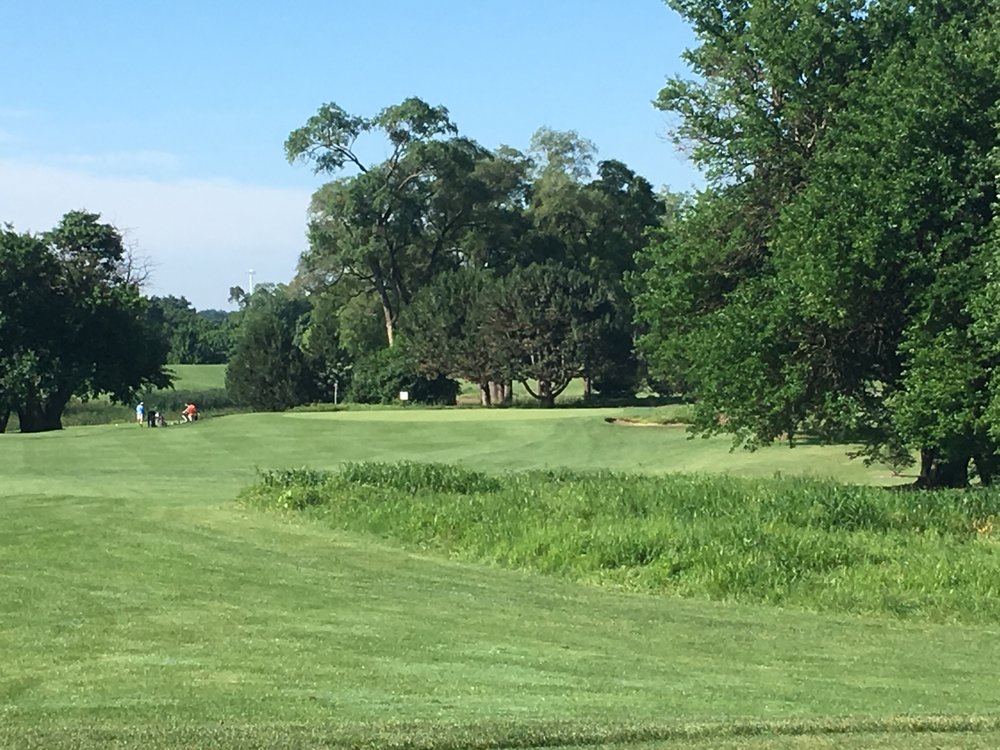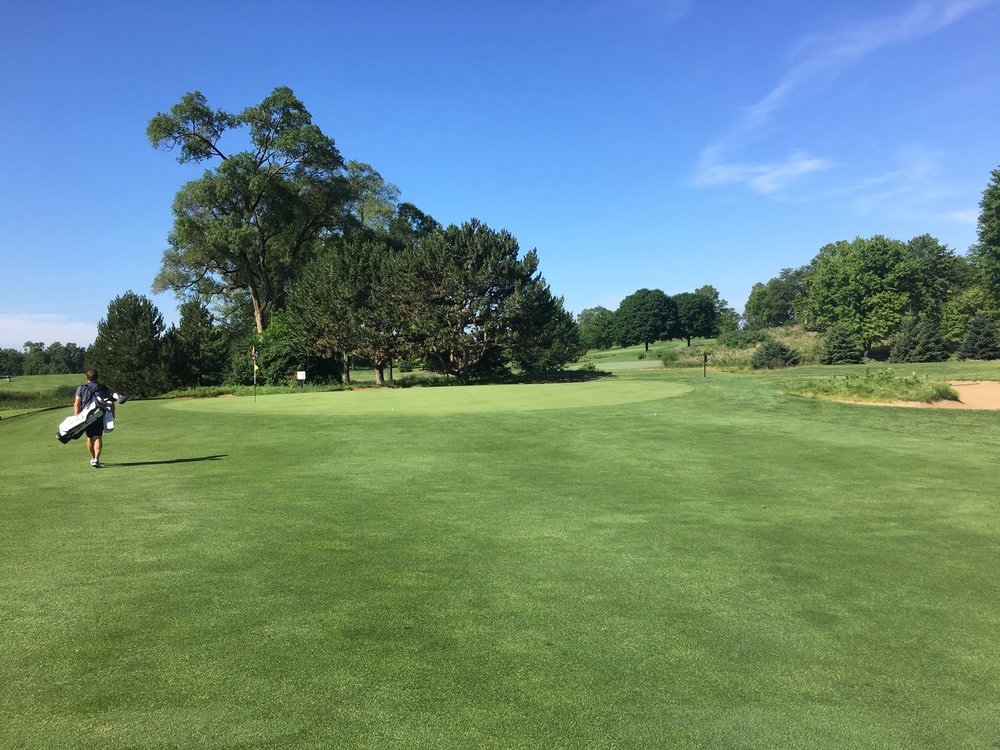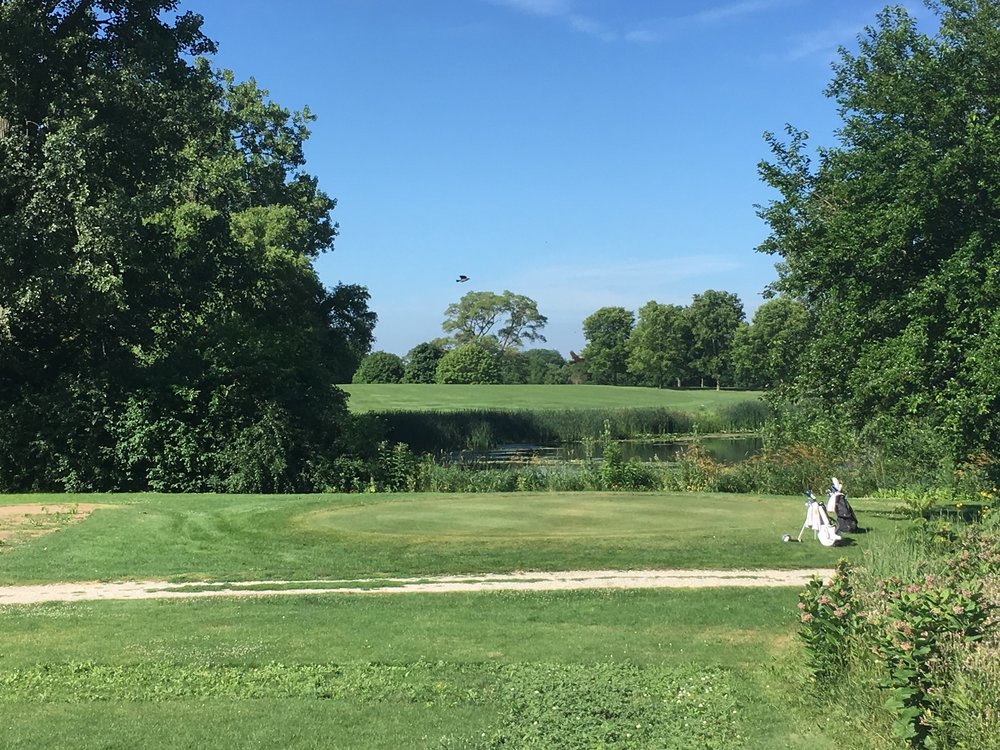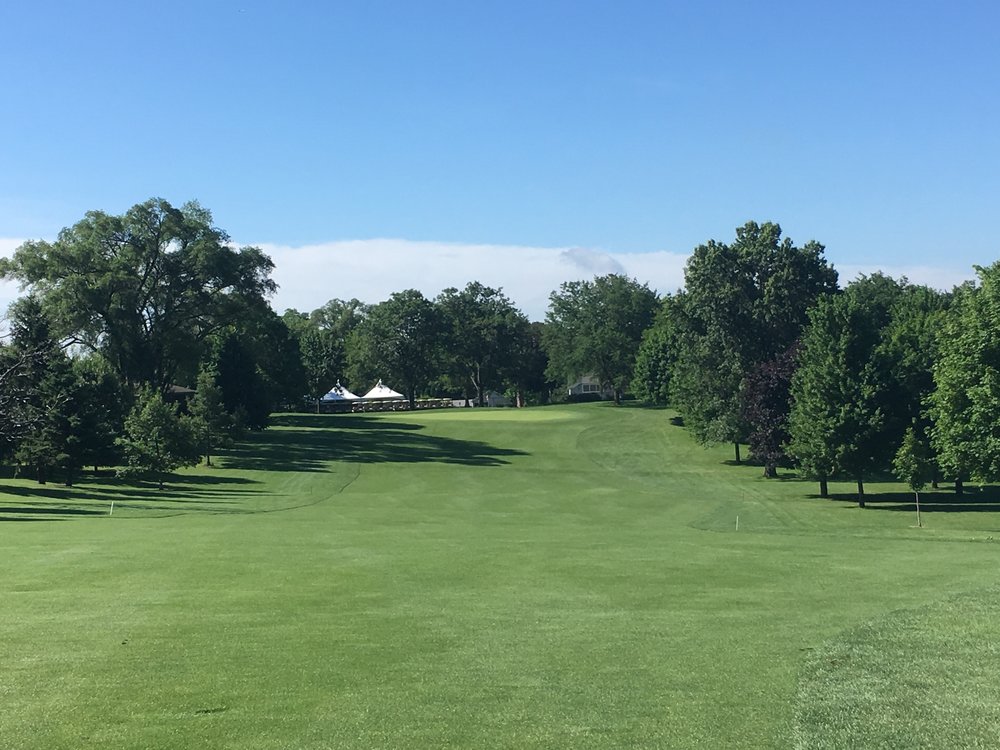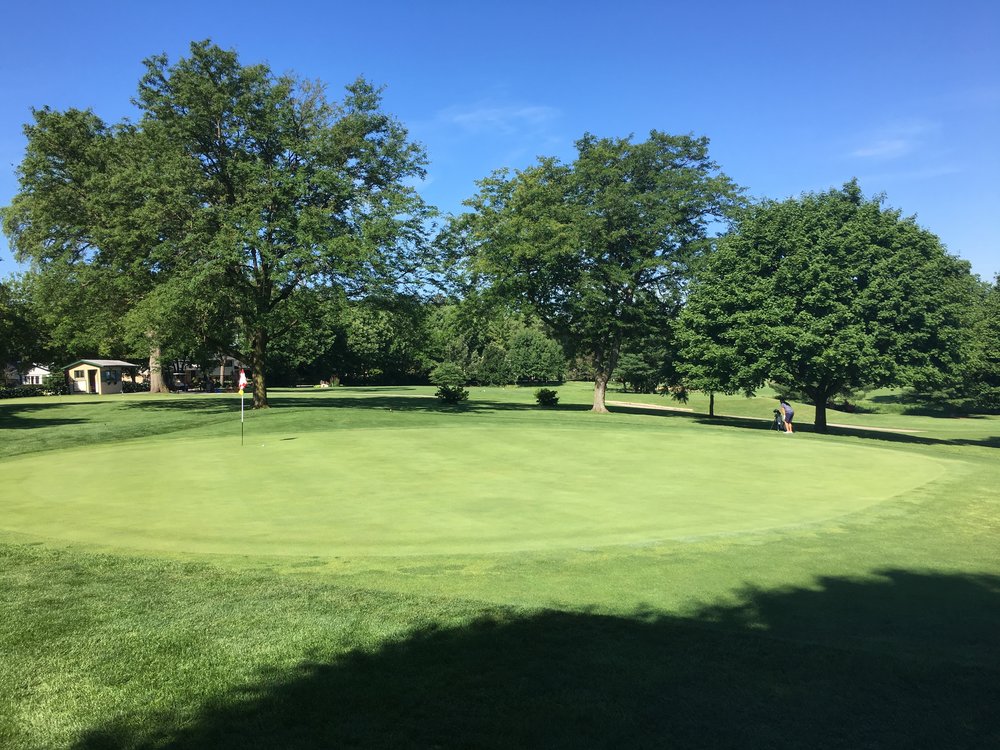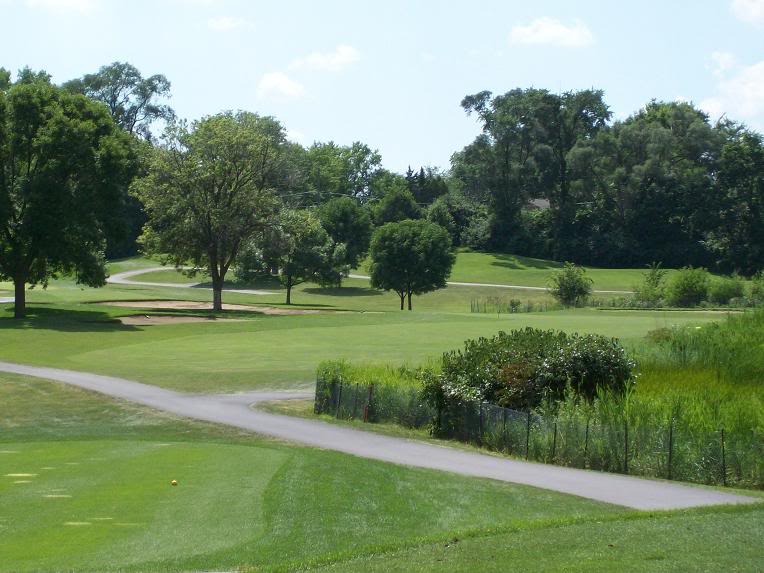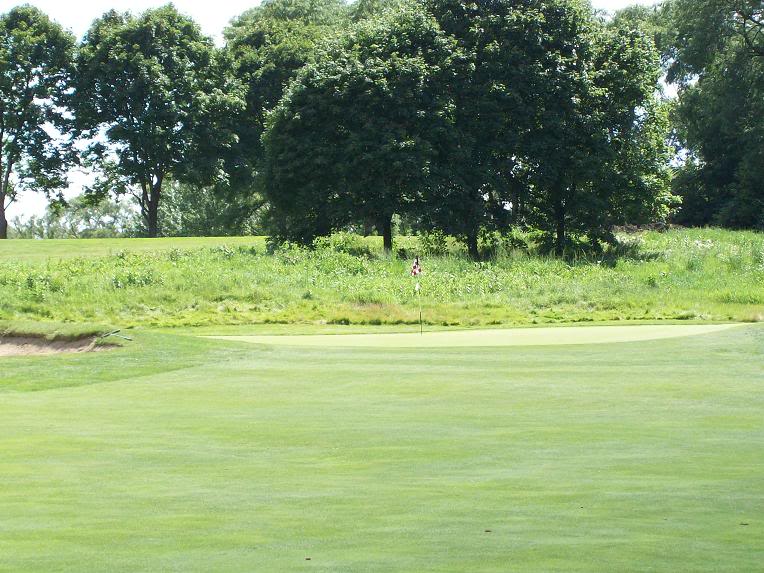Yesterday was C.B. Macdonald’s birthday. Since we extensively cover Macdonald’s template holes and golden age architecture, I am going to share an experience from the past summer when I played his first design, Downers Grove Golf Club.
Now, before you say, “I thought Chicago Golf was Macdonald’s first design,” Downers Grove Golf Club was once Chicago Golf Club.
The history of Downers Grove G.C.
C.B. Macdonald headed off to school at St. Andrews University in the 1870’s. While in school, he met the legendary Old Tom Morris and learned the game of golf and the intricacies of architecture from him. Macdonald was a quick learner, became an excellent player, and had an eye for golf course design. By the time his schooling ended in the mid-1870s, he had studied the architecture of many of the British Isles’ best golf courses before heading back to the United States, where golf didn’t exist.
In the early 1890s, the game of golf started to pop up in the America. People were playing on rudimentary courses which were glorified cow pastures or in the front yards of estates.
In 1892, Macdonald had the opportunity to tour one of these “courses” in Lake Forest, Illinois. He was disappointed with the course but the trip sparked his passion for the game that he had left in Scotland.
Following his round, Macdonald began to campaign among his friends for money to build a real golf course. He was able to find a handful of his wealthy individuals willing to donate to the cause and Macdonald had enough money to buy the farm of Haddow Smith in Belmont, IL (now Downers Grove).
With the land in his hands, Macdonald enlisted the help of James Forgan and Herbert Tweedie to help with the building of the Links at Belmont, and the Chicago Golf Club was formed. After a few rounds in 1892, the club decided to increase the course to 18 holes.
In the next couple of years, the game of golf and the Chicago Golf Club became very popular. Macdonald surmised that the club needed a more sophisticated golf course and convinced the membership o go along. The club bought a new plot of land in Wheaton, Illinois.
In 1895, Chicago Golf Club moved to its new Wheaton site and the old course in Belmont became the Golf Club of Illinois. Unable to find financial stability, the club went through a couple of owners before Howard Tweedie purchased the land and started Belmont Golf Club in 1899.
The next big change came in 1968 when the Downers Grove Park District purchased the land from the Belmont Golf Club. They ditched 9 of the holes, which became a housing development and began to operate the 9-hole course as Downers Grove Golf Club.
Over the years, the Downers Grove Park District has done what park districts do best with golf, mess things up. The course has undergone multiple renovations since 1968. The biggest one came when DGPD decided the course needed a driving range. To accommodate the range, the original 9 was drastically altered and today, only 5 original holes remain (2, 4, 7, 8, 9).
My trip to Downers Grove
To say I was excited to visit C.B. Macdonald’s original design is an understatement. I envisioned the clubhouse to be a museum-like experience, filled with drawings and anecdotes of golf’s history.
When I arrived, I was disappointed. In the small clubhouse, it was difficult to find Macdonald’s name anywhere. When I asked the employees about the history, they had little knowledge and were disinterested. Eventually, I found a couple of framed historical pieces on the course, but they were tucked away in a dark corner of the clubhouse.
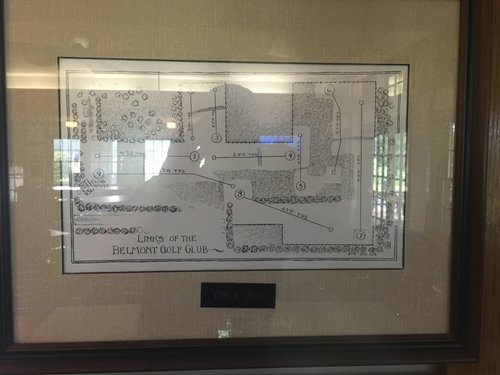
I headed out to the course and encountered much of the same from the starter. The course can be broken down into the the good, the bad and the ugly.
The good
Unbelievable land – It’s very easy to see why Macdonald chose this land to build his first golf course. The rolling hills are unique given the typically flat topography of Chicago and this creates natural places to put greens. It’s the type of land that architects drool over.
The original holes – To put it bluntly, the holes that Macdonald created are really freaking good. A closer look at my favorite aspects:
HOLE #2 – 416 yards – par 4
A beautiful long par-4 that requires two good shots to make a good score. Off the tee, a pond that surely was added years after Macdonald left requires players to lay back and leaves a mid-iron shot into an elevated green. The green is beautifully placed and uses the natural land contours to make putting difficult. It slopes severely from back to front and left to right. It’s clear that over the years this green has shrunk significantly, resulting in the loss of a number of great pin locations.
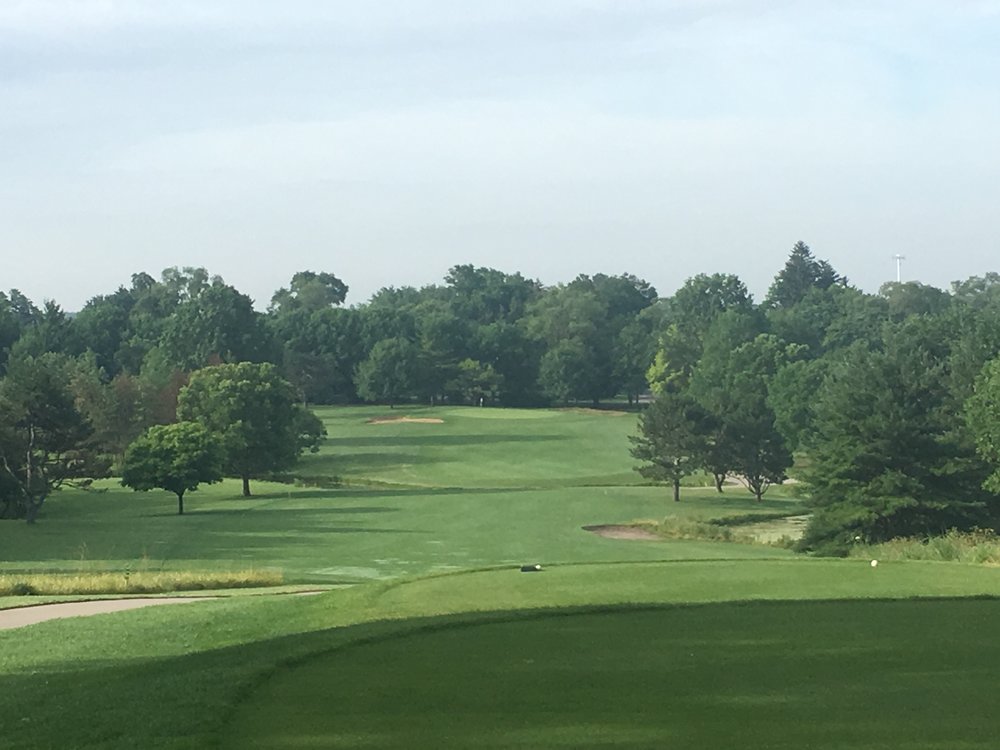
The view from the tee at the 2nd at Downers Grove Golf Club
HOLE #4 – 375 yards – par 4
The fun semi-blind short par-4 that doglegs to the left is a great birdie chance, but a bogey lurks for a poorly played shot. The hole and playing corridor are extremely overgrown with trees, limiting the impact that angles would play into this tough green complex. The green has tremendous back to front slope.
HOLE #7 – 420 yards – par 4
This was my favorite hole on the golf course. It is a long par-4 that runs along the property line, and a good drive leaves a mid-iron approach to an elevated back to front sloping green. A false front guards the approach and with proper maintenance would repel shots that come up short back some 30 yards.
HOLE #8 – 192 yards – par 3
I believe this to be America’s first redan hole. Although its characteristics are hidden by years of poor maintenance, you can see the reverse redan qualities as the green slopes to the right around a front bunker.
HOLE #9 – 482 yards – par 5
This hole’s tee was moved because of the driving range but I went back to the old tee to tee it up anyway. The 9th provides a dramatic close as the short par-5 allows for a closing birdie or eagle with two good shots. A good tee shot will leave an approach from atop the hill and level approach to the elevated green. A poor tee shot requires players to layup into the valley short of the green, leaving a difficult uphill wedge shot to a severely sloped green.
The bad
Too many trees – As is usually the case with municipal golf courses, there are way too many trees. They cover up beautiful playing corridors and eliminate the subtle angles that could exist. If you look back at old aerials of the land, there were almost no trees on the farmland. But park districts love their trees!
Shrunken Greens – A popular money saving move for courses is to shrink green sizes to reduce maintenance budgets. It’s a shame as the original holes (2, 4, 7, 8, 9) all have spectacular green complexes that have become much smaller over time, reducing the pin locations that the greens staff has at its disposal.
The ugly
The 5th hole – I am unsure who built the new holes, but they shouldn’t be hired for a job again. My issue is that the holes don’t fit with the originals, and the architect did not attempt to use Macdonald features in his design. Instead of looking at how he could help a golf course recapture history, the architect tried to write their own. The worst of the lot is the par-4 5th.
The reality
While Downers Grove isn’t a historical course facing a possible closure or shutdown like Austin’s Lions Municipal Golf Course, it is a potential masterpiece that’s stuck in the grasp of a very successful community’s park district organization. The course is busy and well-liked among its regulars, and according to one staff member “a profitable division of the park district.”
This leaves Downers Grove in the depressing reality – the possibility of a C.B. Macdonald restoration or renovation is extremely low, while more mismanagement and destruction to one of American golf’s most historical sites is extremely high.
The dream
A day doesn’t go by since visiting Downers Grove Golf Club that I don’t think about how good the course could be. I would love to see a renovation project that focuses on showcasing Macdonald’s famed template holes similar to Bandon Dunes Old Macdonald but on this site of his first design.
With the right leadership and vision, an integral piece of American golf history could be returned to glory and golf fans would flock from all over to play the course. C.B. Macdonald’s spirit would shine in the forefront, brought out from the dark corner of Downers Grove Golf Club’s clubhouse.
Sign Up for The Fried Egg Newsletter
The Fried Egg Newsletter is the best way to stay up to date on all things golf. Delivered every Monday, Wednesday, and Friday for free!


 by
by 